Space travel has long captured the imagination of humanity, offering the allure of exploring the unknown and pushing the boundaries of human capability. While the prospect of venturing into the cosmos is thrilling, living in space for extended periods presents unique challenges. One of the most intriguing aspects of space travel is how the human body adapts to life in a microgravity environment.

Astronauts who spend months aboard the International Space Station (ISS) undergo remarkable physical changes. These transformations are not just fascinating but also crucial to understanding the effects of prolonged space exposure. From changes in height to muscle atrophy, the human body exhibits an incredible capacity to adapt, but not without consequences. In this article, we delve into the eight most significant changes astronauts experience after spending nine months in space.
1. Height Increase: How Microgravity Affects Stature
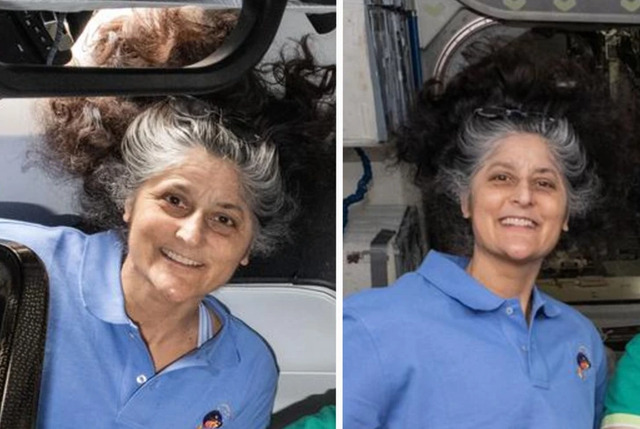
One of the first and most noticeable changes astronauts experience when they enter microgravity is an increase in height. Without Earth’s gravitational pull compressing the spine, the vertebrae have more room to expand. This effect can result in astronauts growing up to 3% taller during their time in space.
Why Does This Happen?
On Earth, gravity constantly compresses our spine, keeping it at a relatively fixed length. In space, the absence of this downward force allows the spinal discs to expand, leading to a temporary increase in height. While this might sound beneficial, it’s not without drawbacks. The spinal stretching can cause back pain and discomfort, particularly in the early stages of space travel.
Video
Watch the video about NASA astronauts Suni Williams and Butch Wilmore’s unexpected 9-month space odyssey as they return home.
Is It Permanent?
No, the height increase is not permanent. Upon returning to Earth, gravity gradually compresses the spine back to its normal state within a few days. Nonetheless, this temporary change highlights how significantly microgravity can impact the skeletal structure.
2. Bone Density Loss: The Cost of Weightlessness
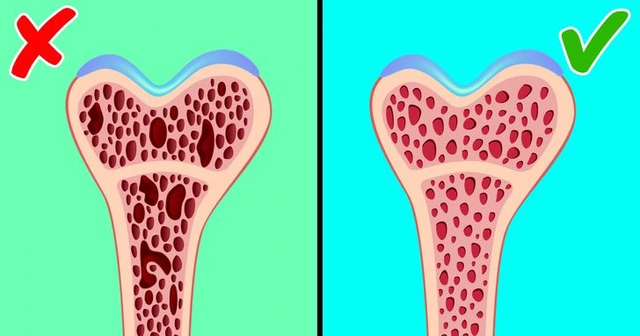
In a gravity-free environment, astronauts no longer rely on their bones to support their weight. This lack of mechanical stress leads to a gradual decline in bone density, particularly in the weight-bearing bones like the hips and legs.
How Severe Is the Loss?
Studies have shown that astronauts can lose up to 1% of their bone mass per month while in space. Over nine months, this can result in a substantial decrease, increasing the risk of fractures and osteoporosis. This bone loss is comparable to what elderly individuals experience over several years on Earth.
Combating the Problem
To mitigate bone loss, astronauts engage in daily resistance and weight-bearing exercises using specialized equipment. These routines help maintain some degree of bone density, but complete prevention remains a challenge. Despite these efforts, the long-term effects of space-induced osteoporosis remain a critical area of research, especially for future missions to Mars.
3. Cardiovascular Changes: How Space Alters Heart Function
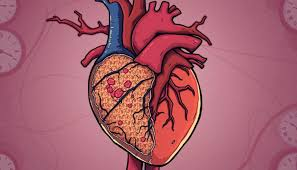
Space travel also has profound effects on the cardiovascular system. In microgravity, the heart does not need to work as hard to pump blood upward, leading to decreased heart muscle mass and volume. This can result in lower blood pressure and occasional dizziness upon returning to Earth.
The Impact on Blood Flow
On Earth, gravity helps blood circulate from the lower body to the upper body. In space, this redistribution causes more blood to flow to the upper body and head, often leading to facial puffiness. The reduced cardiovascular demand also means the heart can become deconditioned, which may cause issues with circulation once astronauts return to gravity.
Rehabilitation on Earth
After returning, astronauts typically undergo a period of cardiovascular rehabilitation to help their bodies readjust. This process includes targeted exercises to restore heart muscle strength and stabilize blood pressure, helping them transition back to normal gravitational forces.
4. Fluid Redistribution: Why Astronauts Have Puffy Faces

In space, bodily fluids no longer pool in the lower extremities as they do on Earth. Instead, they shift towards the head, causing a puffy appearance and a sensation similar to nasal congestion. This phenomenon, often described as “moon face,” is a direct result of the lack of gravitational pull.
Consequences Beyond Appearance
The redistribution of fluids can also increase intracranial pressure, which may lead to vision problems—a condition known as Spaceflight-Associated Neuro-Ocular Syndrome (SANS). Astronauts report feeling constantly congested and often describe the experience as akin to having a permanent head cold.
5. Radiation Exposure: A Hidden Danger in Space
One of the most concerning aspects of long-duration space travel is the increased exposure to cosmic radiation. Earth’s atmosphere acts as a shield, but in space, astronauts are more vulnerable to harmful radiation, including solar particles and cosmic rays.
Video
Watch the video of NASA astronaut Suni Williams responding to Trump, saying “we don’t feel abandoned” in space.
Potential Health Risks
Prolonged exposure to radiation increases the risk of cancer, cataracts, and even cognitive decline. The International Space Station (ISS) provides some protection, but it is insufficient against solar storms or deep-space missions. This issue is particularly significant for future Mars expeditions, where astronauts will be exposed for extended periods.
Protective Measures
Research is ongoing to develop better shielding and radiation-resistant habitats. Advanced suits and onboard monitoring systems are also being explored to minimize exposure and protect astronauts’ long-term health.
6. Vision Impairment: The Effects of SANS

One unexpected consequence of space travel is the impact on vision. Spaceflight-Associated Neuro-Ocular Syndrome (SANS) occurs when fluid shifts increase pressure on the optic nerve, causing it to flatten and the eyeball to change shape.
Temporary or Permanent?
Some astronauts report temporary vision changes, while others experience lasting effects. This condition can result in farsightedness, blurred vision, and difficulty focusing. As missions become longer, understanding and mitigating SANS will be crucial to maintaining astronauts’ vision health.
7. Immune System Weakening: Reduced Defenses in Space
Microgravity has been shown to weaken the immune system, making astronauts more susceptible to infections. Studies indicate that spaceflight alters immune cell function and can even reactivate dormant viruses within the body.
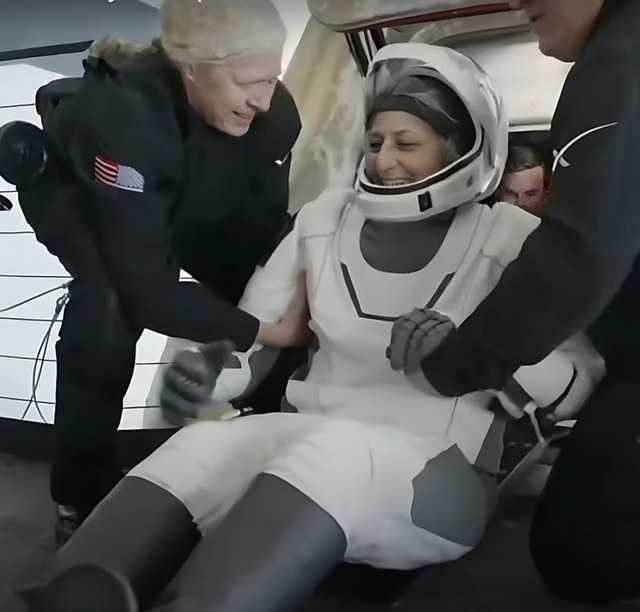
Implications for Long-Duration Missions
A compromised immune system could pose severe risks during prolonged space exploration. Researchers are actively investigating ways to boost immunity through nutrition, exercise, and possible medical interventions during missions.
8. Muscle Atrophy: The Toll of Microgravity on Muscular Health
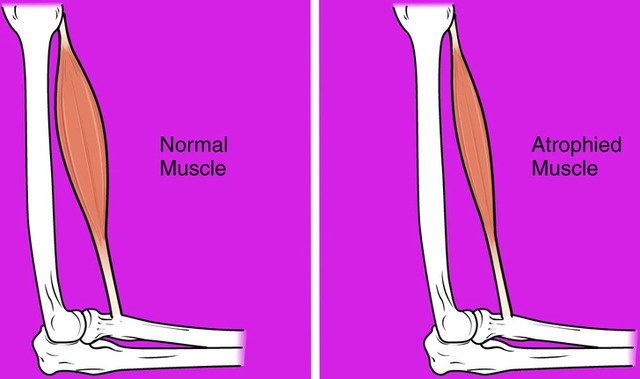
In space, muscles do not need to work against gravity, leading to rapid atrophy. Without the usual resistance, astronauts can lose up to 20% of their muscle mass in just a few weeks.
Preventive Strategies
To counteract muscle loss, astronauts perform daily resistance training using specialized exercise machines designed to simulate gravitational pull. However, some degree of atrophy is inevitable, and recovery upon return to Earth can take several weeks.
Conclusion: Preparing for Future Space Exploration
Space travel undeniably changes the human body in profound and sometimes unexpected ways. From increased height and weakened bones to cardiovascular challenges and vision impairment, the effects of prolonged space exposure are as fascinating as they are daunting.
As humanity continues to push the boundaries of space exploration, particularly with potential missions to Mars, understanding these physiological changes becomes increasingly important. Ongoing research and technological advancements aim to mitigate these effects, ensuring that astronauts remain healthy and resilient during and after their journeys.
By preparing for these challenges, we not only advance our understanding of human biology but also pave the way for the next generation of space explorers to venture farther than ever before.


